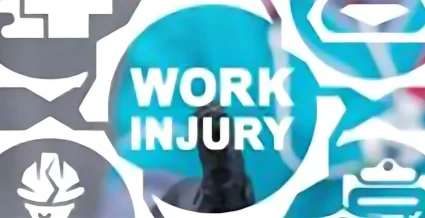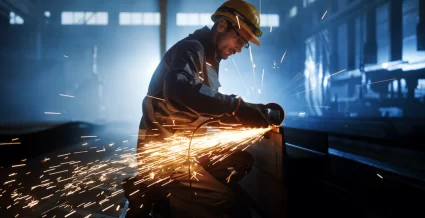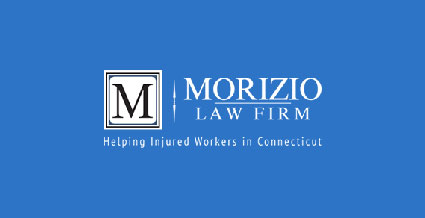Category Archives: Workers’ Comp Injuries
Understanding Workers’ Compensation – Your Guide to Permanent ...
In the fourth and final installment of the four-part series, Attorney Morizio [...]
Empowering Injured Workers: Navigating Vocational Rehabilitation in Workers’ ...
Experiencing a work-related injury is a challenging and often life-altering event. Beyond [...]
Cooperation Between Doctors and Lawyers Is Key in ...
In Connecticut, when you’ve been injured at work, experts recommend retaining a [...]
Save a worker: Know the stages of heat ...
As the mercury climbs on hot summer days, so too does the [...]
Opioids may prolong return to work after lower ...
The opioid epidemic is proof that there’s no one-size-fits-all solution to managing [...]
Eye injuries a danger on the job
Keeping one’s eyes safe on the job is important for people in [...]
Report shows decrease in tree care worker deaths ...
According to a new report from the Tree Care Industry Association, 2017 [...]
GAO reports on meatpacking industry safety concerns
The Government Accountability Office issued a report in November 2017 concerning the [...]
How workers can stay safe when it’s cold
Connecticut workers often have to put up with cold or wet conditions. [...]
OSHA has fewer workers during Trump era
Connecticut workers may have fewer opportunities to report safety violations than they [...]





